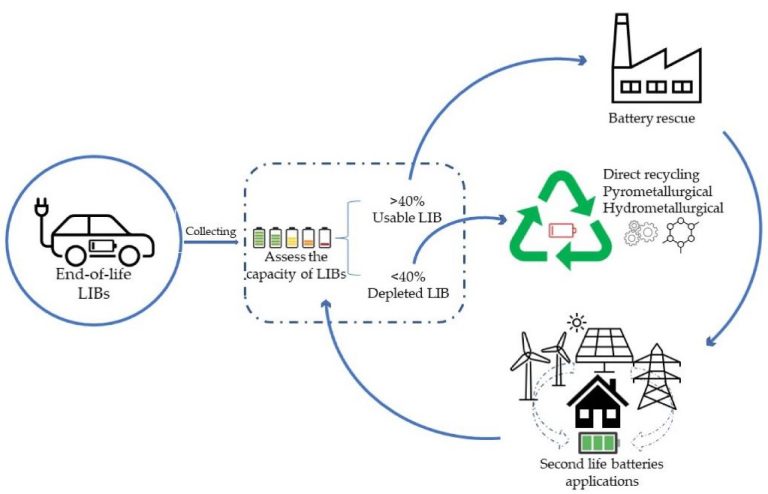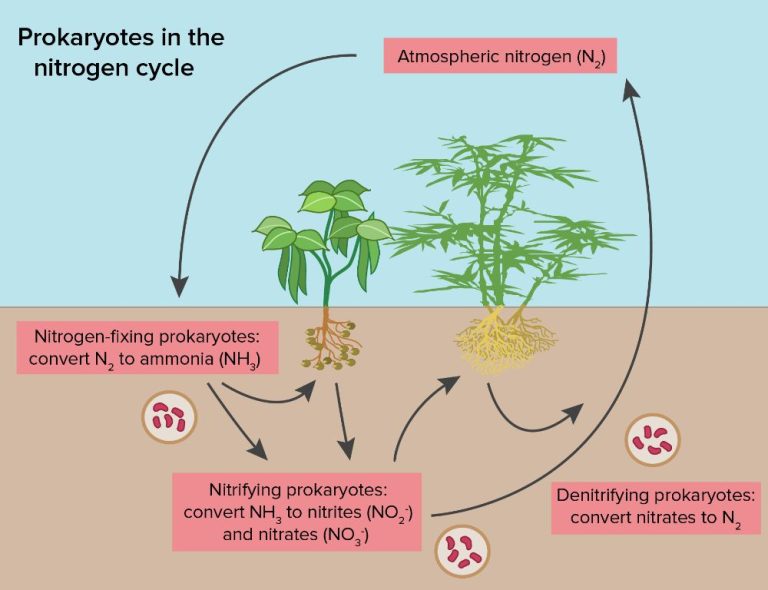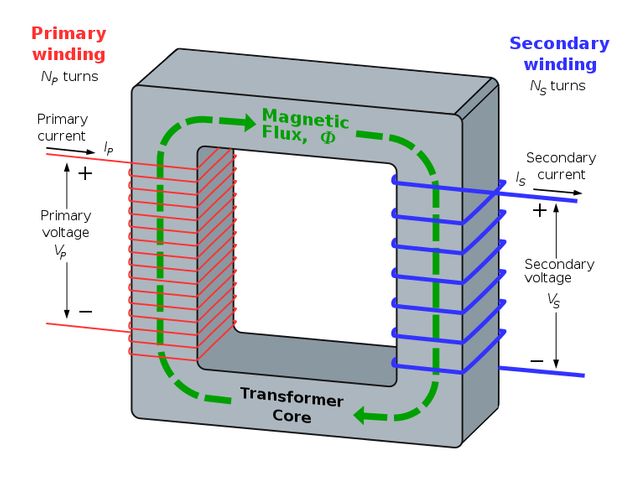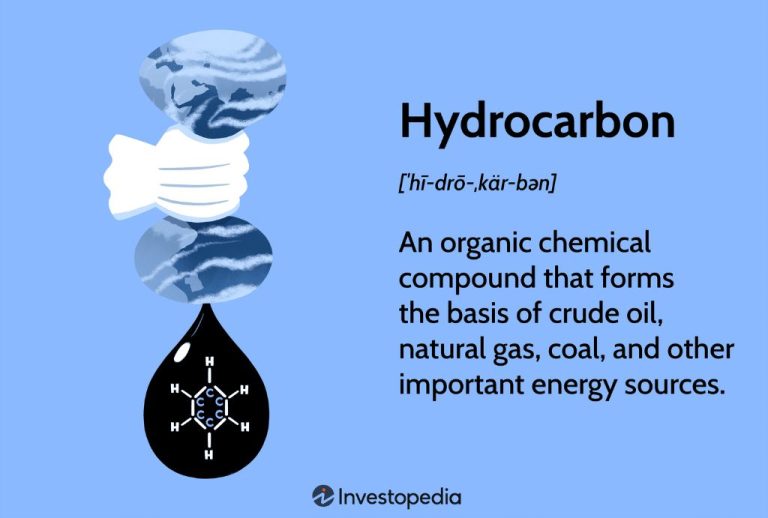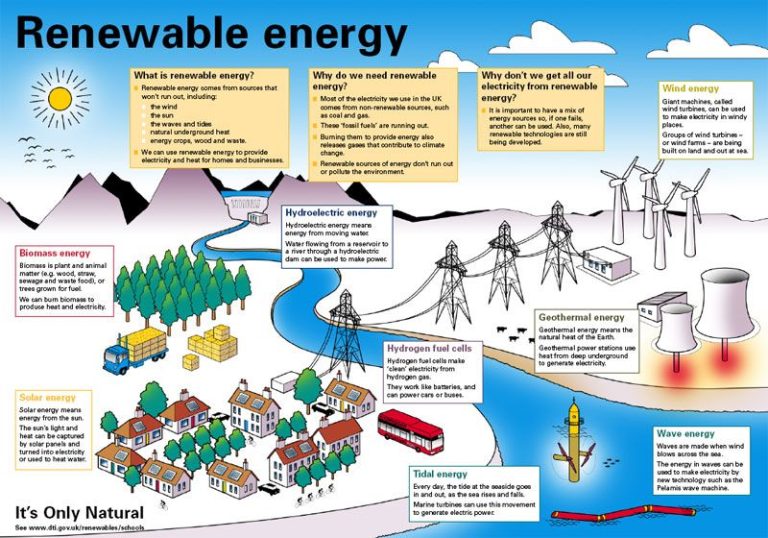How Will The Move To Clean Energy Effect Employment?
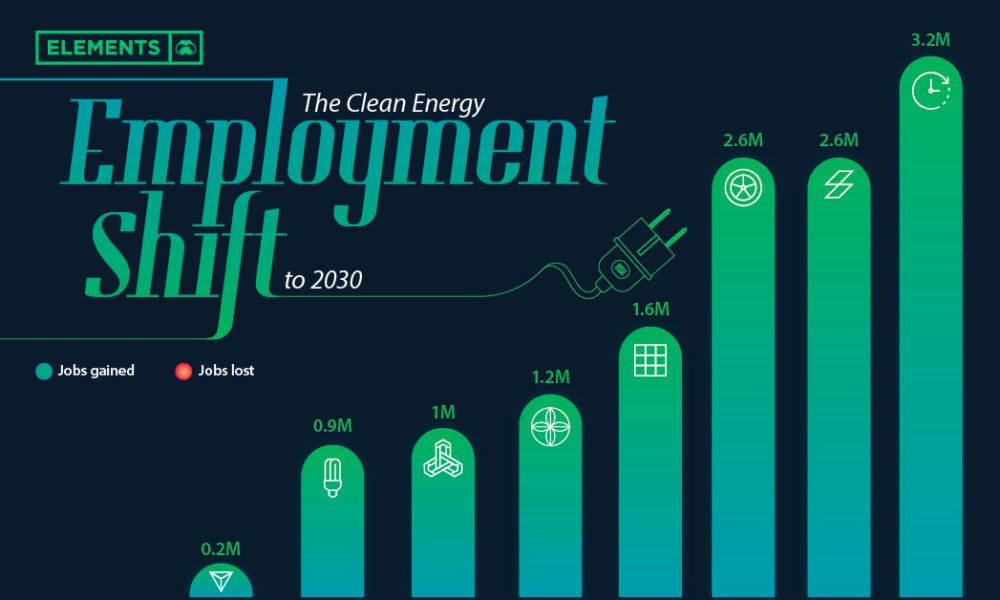
The transition from fossil fuels to renewable energy is expected to have a significant impact on employment across the energy sector. While job losses in the fossil fuel industry are anticipated, these are likely to be offset by considerable job growth in clean energy technologies such as solar, wind, energy efficiency, battery storage and electric vehicles. The net effect on employment is debated, but most research points to net positive job creation from the clean energy transition over the long term. However, the shift will create new challenges around labor displacement and the need for workforce development policies to facilitate a just transition.
Job Loss in Fossil Fuels
According to a 2021 report by the Center for Economic and Policy Research (CEPR), “The Employment Impact of Curtailing Fossil Fuel Use”, in 2019 there were approximately 480,100 jobs in coal mining, 118,400 jobs in oil and gas extraction, and 1,076,800 jobs in power generation from fossil fuels in the United States. This represented less than 0.7% of total US employment. The report projects that rapidly curtailing fossil fuel production could result in a net loss of around 880,000 of these fossil fuel industry jobs from 2019 to 2030 as clean energy replaces coal and gas-fired power generation.
According to the International Renewable Energy Agency (IRENA) report “Measuring the socio-economics of transition: Focus on jobs”, the transition from fossil fuels to renewable energy will likely lead to job losses in the fossil fuel industry globally. IRENA estimates net job losses from declining fossil fuel production and power generation could total around 6 million by 2050 under a rapid energy transition scenario. However, this can be mitigated through just transition policies to support and retrain displaced fossil fuel workers.
Job Growth in Renewables
The renewable energy sector has seen tremendous job growth in recent years. According to the International Renewable Energy Agency (IRENA), jobs in renewables nearly doubled in the past decade, soaring to 13.7 million jobs in 2022 (IRENA). Solar PV was the largest employer with 4.3 million jobs, followed by biofuels with 2.4 million jobs. Other major renewable energy employers included hydropower, wind energy, and solar heating/cooling.
The IRENA projects continued strong job growth in renewables going forward. Under their Transforming Energy Scenario, renewable energy jobs could reach 38.2 million by 2030 and 43 million by 2050. The solar PV sector is expected to see some of the most robust job growth, potentially employing over 14 million people by 2050 according to IRENA projections. Wind energy jobs are also forecast to grow substantially, rising from 1.2 million jobs in 2020 to potentially over 5 million jobs by 2050.
Green Jobs Policies
Governments around the world are implementing programs to support workers transitioning from fossil fuel industries to green jobs. These policies aim to provide training, financial support, and new employment opportunities.
The European Union launched a Just Transition Fund in 2020 that provides €17.5 billion to assist fossil fuel-dependent regions invest in clean energy and retrain workers. The fund helps coal miners in Poland learn solar panel installation and supports Spain’s transition away from coal power.
In the United States, the $1 trillion infrastructure bill passed in 2021 includes provisions to train workers for jobs modernizing the electric grid and manufacturing electric vehicles. States like Colorado and New Mexico have enacted legislation providing free community college tuition for displaced oil and gas workers pursuing degrees in renewable energy fields.
One success story is the Powering the New Economy program started in 2019 by the Los Angeles Cleantech Incubator. This workforce training initiative has trained over 1,200 people from disadvantaged communities for jobs installing solar panels, electric vehicle charging stations, and energy efficiency upgrades. Over 85% of graduates have secured full-time employment in a green job.
Targeted green job policies that invest in worker retraining and provide placement support have proven effective in easing difficult labor transitions during the move to clean energy (IMF, 2022).
Labor Concerns
Labor unions in the energy sector have voiced concerns regarding the shift to clean energy and its effect on job security and wages. Many unions have traditionally represented workers in conventional fossil fuel industries like coal, oil, and gas. According to the Department of Energy, over 55% of all electric power generation workers belong to a union, most commonly the Utility Workers Union of America and International Brotherhood of Electrical Workers (Creating Clean Energy Union Jobs).
As the nation transitions to renewable energy, unions worry about potential job losses. The fossil fuel industry has historically provided stable, middle-class careers. Unions want to ensure these quality jobs remain as the energy mix changes (The Clean Economy Revolution Will Be Unionized). Some labor groups have pushed back against climate policies they believe will be too disruptive. However, data shows clean energy industries are also highly unionized, with over 10% of workers covered by unions (Clean Energy Labor Supply Report).
Beyond job security, labor unions have advocated for fair wages, benefits, and safe working conditions as renewable projects are developed. They encourage project labor agreements to protect workers on large-scale clean energy construction. Overall, organized labor seeks an equitable transition that provides employment stability while tackling climate change.
New Green Collar Jobs
The transition to renewable energy is creating many new types of green collar jobs. According to Indeed.com, some examples include:1
- Electric vehicle (EV) mechanics
- Solar photovoltaic installers
- Wind turbine technicians
- Smart grid engineers
- Green construction workers
- Recycling plant sorters
Many of these new jobs require vocational training or certification programs, rather than four-year college degrees. For example, EV mechanics need training on high-voltage systems and new drivetrain technologies. Solar installers need to understand electrical systems, solar panels, and permitting. Wind turbine techs are trained on turbine maintenance, troubleshooting, and repair.1
Overall, the green economy offers opportunities for skilled workers with backgrounds in manufacturing, construction, operations, and maintenance. With some additional training, their existing skills can transfer over to emerging green industries.
Net Employment Impact
Several studies have analyzed the overall impact on jobs from the transition to clean energy. A report from the IMF in 2022 found that renewable energy investments create more jobs overall compared to fossil fuels, but the net effect depends on policies to support workers and communities affected by declines in fossil fuel jobs (IMF, 2022). Their models show a cumulative net increase of 0.15-0.72% in employment from transition policies over 15 years in the US and UK.
However, the impact differs across regions and demographics. A study on the MENA region found the transition could create up to 1 million new jobs with the right policies, but also risks high job losses in oil-producing countries (World Bank, 2021). In Pennsylvania’s coal country, the Clean Power Plan was estimated to create over 25,000 new renewable energy jobs but eliminate over 50,000 existing coal jobs, highlighting the need for policies to support displaced workers (Bailey et al., 2016).
Business Opportunities
The transition to clean energy is opening up new business opportunities across industries. Companies focused on renewable energy, energy storage, smart grid technology, and energy efficiency are well-positioned to benefit. According to Forbes, the cleantech market is expected to reach $2.5 trillion by 2022.
There is also ample opportunity for entrepreneurship and innovation in cleantech. Startups are finding new ways to harness renewable energy, recycle materials, monitor energy use, and more. Cleantech accelerators like Cleantech Group help entrepreneurs bring their ideas to market. Areas like energy storage, blockchain applications, AI, and electric vehicles are ripe for emerging startups.
Governments around the world are also supporting cleantech entrepreneurship through grants, incentives, and incubators. The clean energy transition requires new technologies, products, and services, creating space for innovative businesses to thrive.
Developing Nations
The transition to clean energy is creating many new opportunities in developing nations. According to the International Energy Agency (IEA), over 70% of the jobs created globally in clean energy between 2017-2019 were in emerging economies like China, India, Brazil, and parts of Southeast Asia (IEA). Renewable energy not only brings new skilled jobs in manufacturing, construction, operations and maintenance, but also reduces dangerous indoor air pollution from burning solid fuels that the World Health Organization estimates kills over 4 million people every year. Developing nations stand to benefit tremendously from leapfrogging over fossil fuel infrastructure to distributed renewable energy systems that can provide electricity access and high-quality jobs to rural areas. The number of clean energy jobs in emerging economies is projected to continue rising as these countries work to increase energy access while transitioning to sustainable low-carbon energy systems.
Conclusion
This article has explored the various ways that the transition to renewable energy could impact jobs and employment. While there will likely be some job losses in the fossil fuel industry, these losses can be mitigated through worker retraining programs and strong social safety nets. At the same time, many more jobs are expected to be created in the renewable energy sector as investment flows towards wind, solar, geothermal and other clean technologies. Developing countries in particular stand to benefit from the job creation potential of decentralized renewable energy.
Managing this employment transition will require proactive policies by governments to support displaced fossil fuel workers and promote skills training and education for the green jobs of the future. Labor unions will need to be active stakeholders in this process as well. The move towards a clean energy economy can be a win-win proposition if policies are put in place to smooth the transition process for fossil fuel-dependent communities. Though some jobs may be lost in the shift, many more can be gained by leaning into the opportunities of the emerging renewable energy sector.

